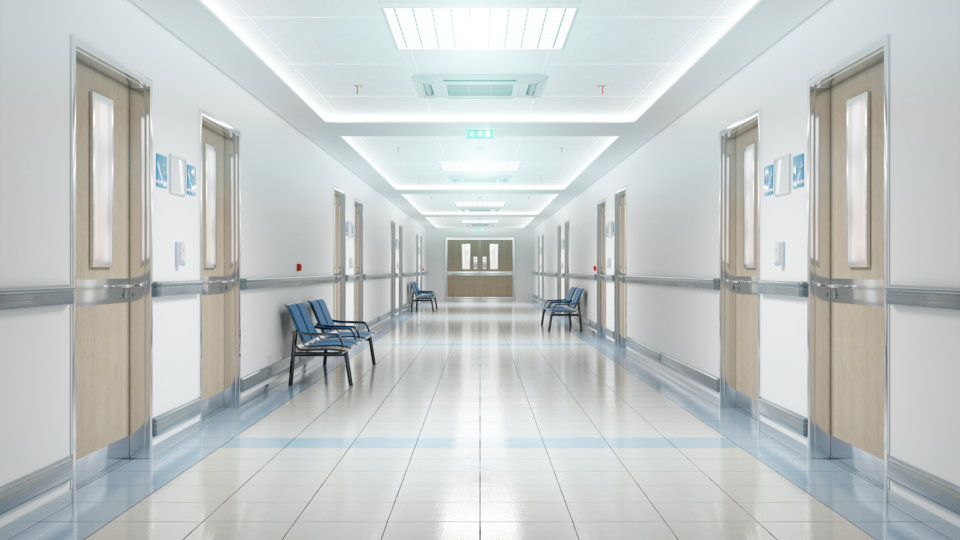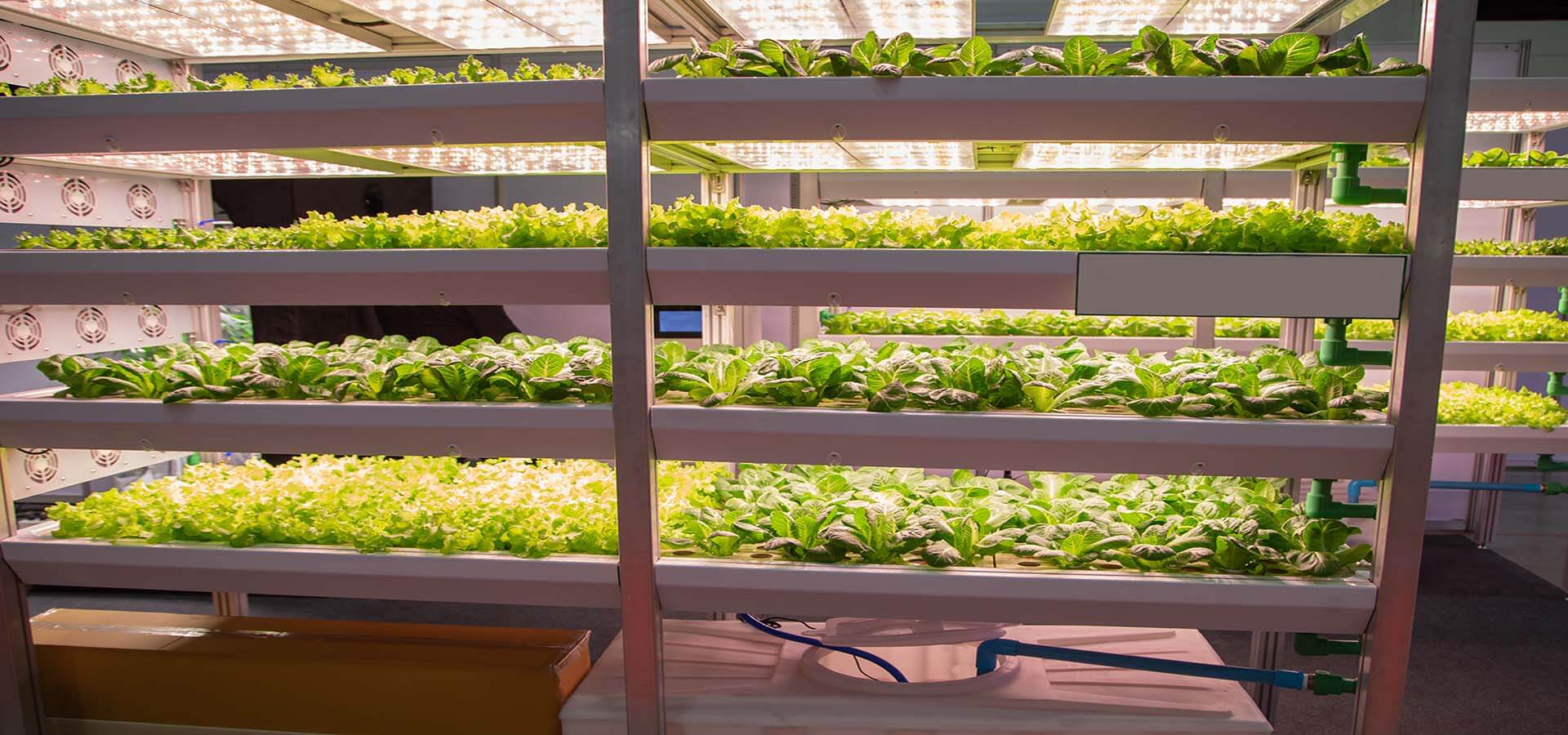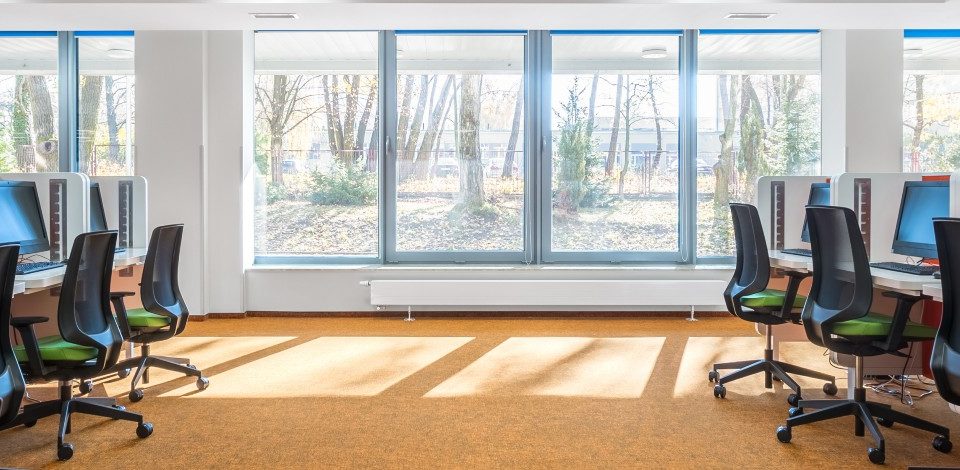According to the National Center for Education Statistics, 79 percent of public schools had at least one incidence of theft, violence or other crimes during a single school year. In total, there were 1.4 million crimes at schools.
An estimated 65 percent of public schools had at least one incidence of a fight or physical attack without a weapon. While 57 percent of primary schools suffered from a violent crime, 90 percent of high schools experienced a violent incident.
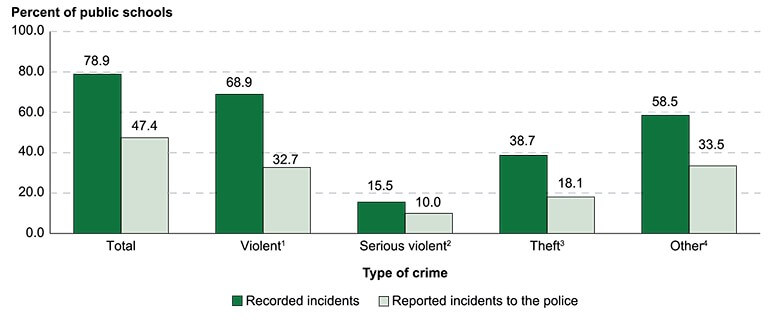
For students to learn, they need to feel safe. School administrators, principals, and teachers can help by creating a protective community environment.
Certain environmental features can reduce crime and violence rates. In particular, schools can become safer by rethinking the number of people in the space and the design of the area.
How Environmental Design Can Prevent School Violence and Crime
Crime Prevention Through Environmental Design (CPTED) is a technique that helps decrease opportunities for crime, violence, and disputes. As a result, schools can report positive behaviors instead.
When schools implement CPTED techniques, they are able to reduce reports of youth homicide, violent crime, gun violence, and disorderly violence.
Through the right CPTED activities, schools can improve physical health and community health.
They can also reduce students’ stress levels. Depending on the school, administrators can employ techniques like cleaning and maintaining green spaces. Repairing abandoned buildings, maintaining neighborhood housing, and cleaning vacant lots can reduce crime rates as well.
How Schools Can Incorporate CPTED Principles
According to the Centers for Disease Control and Prevention (CDC), there are a few CPTED principles that schools can incorporate to become safer institutions.
The CDC created a CPTED School Assessment (CSA) guide to help schools assess their buildings, grounds, and interiors.
There are four main principles of CPTED. They are Natural surveillance, Natural access control, Territorial reinforcement, and Maintenance.
Natural Access Control
Natural Access Control refers to the physical channeling you use to decrease or increase access to certain areas. For example, you may use maze entrances or extra sets of doors to school lobbies or the entrances to certain buildings.
Curbing or landscaping can be used to direct auto and foot traffic into a controlled, highly visible area.
This also includes using signs and well-marked entrances and exits for students to follow to channel them to a safe route to be picked up by parents, or when responding to an emergency situation at the school.

Maintenance
Order Maintenance
This technique requires staff members to pay attention to inappropriate behaviors. The goal of order maintenance is to encourage pro-social behaviors and prevent the escalation of inappropriate behaviors. For example, order maintenance may involve having a staff member with students as they go from one classroom to another.
Physical Maintenance
Physical maintenance refers to the actual care and maintenance of physical spaces. The goal of physical maintenance is to make the continued use of public spaces possible. By repairing and maintaining these areas, schools can create a sense of ownership among students. These activities may involve tasks like replacing light fixtures inside and out, maintaining stairways, and repairing broken windows.

Natural Surveillance
Natural surveillance involves creating features that make it possible to observe others. This CPTED technique seeks to increase visibility so that students can see into the school. When schools place windows strategically, students are aware that others can see them. In addition to deterring aggressive behaviors, this technique makes it easier for adults to detect and respond to potential problems.
Territorial Reinforcement
Signs of caring like murals, displays of student art, and gardens create an inviting environment. Schools can display motivational signs and the school’s colors to inspire pride in students and teachers. This kind of technique helps to create a sense of ownership among students and the community, which deters unacceptable behaviors.
Use Top Environmental Design Tips at Your School
By using the CDC’s assessment, schools can look at their environmental design. Then, they can take steps to adopt techniques like adding murals and lighting. The following list includes some of the best ideas you can incorporate into your school.
- Upgrade exterior and interior lighting to boost visibility.
- Create landscapes that allow unobstructed views of the surrounding area.
- Territorial reinforcement involves using signage, fencing, and pavement treatments to show ownership.
- Add a wayfinding system to help people navigate the school.
- Entrapment areas are confined spaces that limit visibility and create attack opportunities. By eliminating these areas or creating escape routes, you can reduce acts of violence.
- Mark pathways and walkways clearly.
- Make entrances visible and overlooked by windows. Additionally, well-lit entrances make the building safer for students.
- Clearly define entryways and the main entrance. Then, you can limit or control other access points.
- Add murals, gardens, and landscaping to create a sense of ownership.
- The design of stairs, ramps and parking lots can also improve the building’s safety and security.
- Remove blind spots and ambush points.
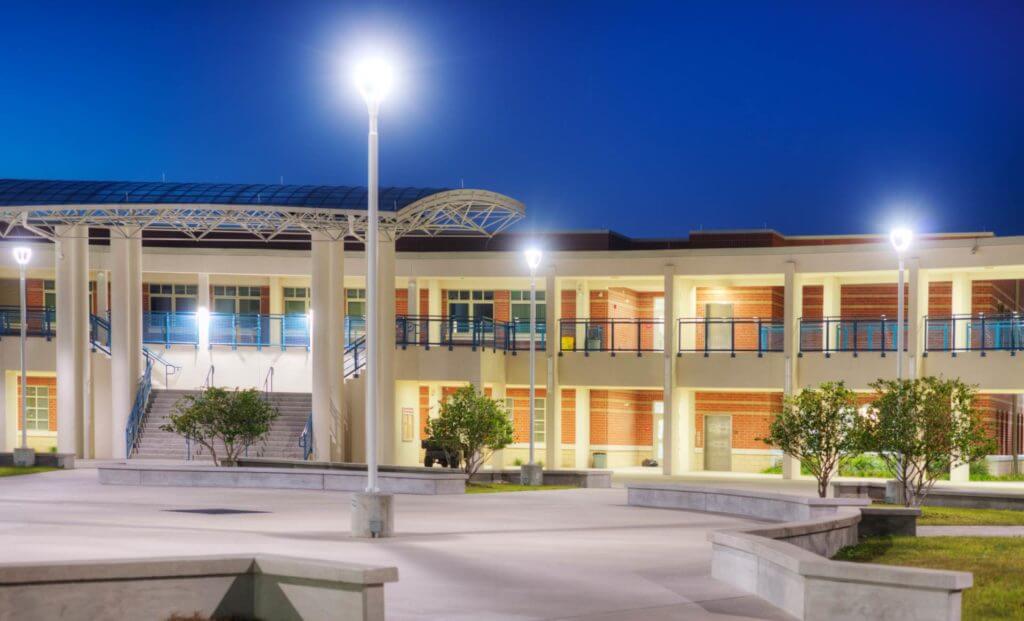
The Advantages of Using CPTED Techniques in Schools
CPTED activities can significantly reduce violence and aggression in schools. In studies of lighting and crime rates, the University of Chicago found that the addition of new lights in urban areas reduced index crimes like murder and aggravated assault by 36 percent during the nighttime. Plus, two out of three residents had a favorable view of the new lights.
Schools can achieve similar results by adopting techniques like lighting and wayfinding signs. Through CPTED principles, your school can enjoy some of the following benefits.
- Develop a sense of ownership among staff members and students.
- Reduce opportunities for violence and out-of-sight activities.
- Encourage an inviting, warm environment.
- Control access points to different school spaces.
- Convey a positive message to students.
- Create social and physical order in the school.
- Increase the presence of authority figures.
By making pathways and communal spaces more visible, you can protect students, reduce violence and maximize your budget. When staff members are able to see a larger area, you need fewer staff members to monitor a space effectively. In addition, the added visibility helps to deter disputes and violence.
CPTED strategies can reduce the incidence of a variety of crimes. In a meta-analysis of different initiatives, these strategies were found to reduce robberies by 30 to 84 percent. While no strategy can reduce crime completely, environmental design can deter crime because it changes the physical environment.
For example, people are less likely to commit crimes when they are in a visible location. By changing spaces to increase visibility, school administrators can encourage positive behaviors and prevent crime.
While retrofitting a building with new lights or landscaping is an investment, CPTED is cheaper than the cost of crime. In addition, it is less expensive than traditional measures like hiring more police officers. Overall, the operational costs of CPTED techniques like lighting are fairly low.
CPTED and Improving School Safety
In surveys, parents, educators and students say that they are concerned about mental health emergencies, active shooters, bullying and intruders.
While environmental design cannot stop every safety issue from happening, it can reduce the likelihood that certain issues will occur. For example, getting rid of entrapment areas removes attack opportunities.
Better visibility makes it easier for staff members to spot mental health emergencies, bullying, active shooters, and intruders.
CPTED tactics can make schools a safer place for students. Other than preventing crime and harmful behaviors, CPTED can make schools more inviting for students, educators, and community members.
Whether you need help with lighting, a wayfinding signage plan, or security and access controls, our trusted advisors can you get the right solution for your school. We are partnered with co-op purchasing groups for schools across the U.S., which helps get schools great pricing and reduces bidding headaches. We can also help with the rebates your school may qualify for.
Call us today at (512) 886-1258 and we would be happy to help improve the safety and the environment at your school.











